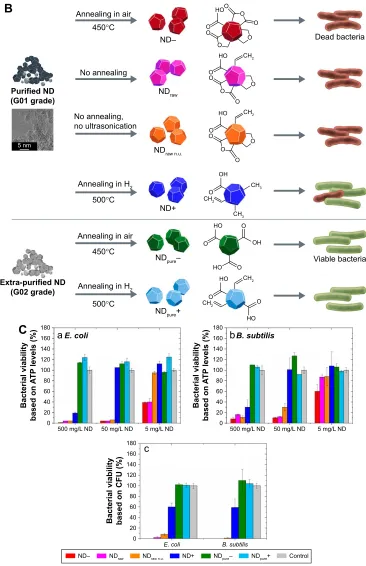The antimicrobial activity of nanoparticles: present situation and prospects for the future
Full text
Figure




Related documents
The ethno botanical efficacy of various parts like leaf, fruit, stem, flower and root of ethanol and ethyl acetate extracts against various clinically
Our study successfully implemented a referral program for maternal contraceptive services within pediatric care by having pediatric residents assess postpartum women ’ s needs
It was decided that with the presence of such significant red flag signs that she should undergo advanced imaging, in this case an MRI, that revealed an underlying malignancy, which
Antihypertensive therapy in hypertensive patients imme- diately post stroke may be effective and cost-effective compared with placebo from the acute hospital perspec- tive at
The small premature infant who has undergone a sur gical procedure and would have to be fed by gavage is much more easily and safely fed through a gastrostomy tube (Fig. 2)..
The objective of this study was to assess the impact of implemented periodic safety update report (PSUR) system in our hospital via PSUR function assessment questionnaire (PFAQ)
There are infinitely many principles of justice (conclusion). 24 “These, Socrates, said Parmenides, are a few, and only a few of the difficulties in which we are involved if
19% serve a county. Fourteen per cent of the centers provide service for adjoining states in addition to the states in which they are located; usually these adjoining states have
